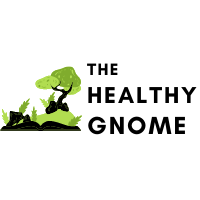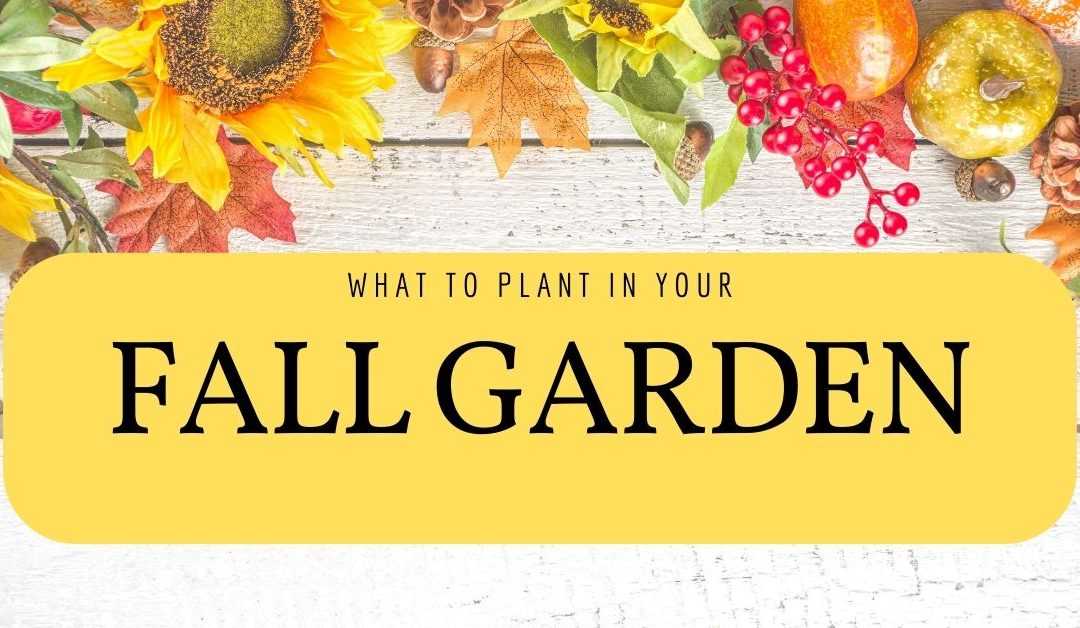Late summer is approaching, which means we’re knee-deep in the summer harvest period. While you’re busy harvesting, tending and feeding your summer crops, it’s time to start thinking about fall. Mid-to-late summer is the ideal time to plant cool-season crops in your fall vegetable garden.
If you’re not sure where to begin, we’re going to cover what vegetables to plant in fall and when to plant cool-season crops.
What to Plant in Your Fall Vegetable Garden
Fall brings cool temperatures and fewer hours of sunlight, so you’ll want to plant hardy vegetables in your garden bed or containers. There are plenty of fresh vegetables you can grow in fall and keep your garden beds producing before the first frost.
Here are some great cool season crops to plant:
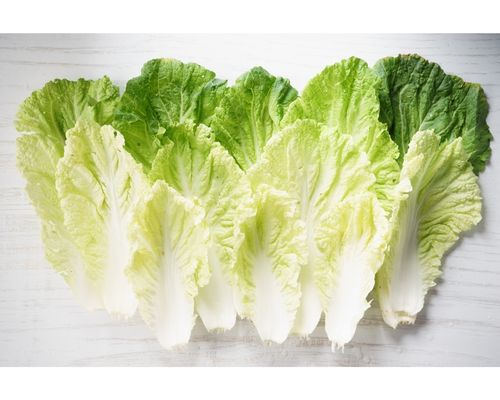
Chinese Cabbage
Fall is the perfect time to grow just about any plant in the cabbage family, but Chinese cabbage is especially easy to grow. There are two main varieties:
- Napa cabbage
- Bok choy
Chinese cabbage grows very easily from seed, but you can also purchase transplants or start your seeds indoors if you want a quicker harvest.
Seeds should be started indoors 6 weeks before being planted outdoors. If you plan to sow your seeds directly into the soil:
- Plant them 6-8 inches apart
- Thin to 12-18 inches apart once they sprout
Plants that are close together will be more flavorful, but they’ll also be smaller and more prone to disease.
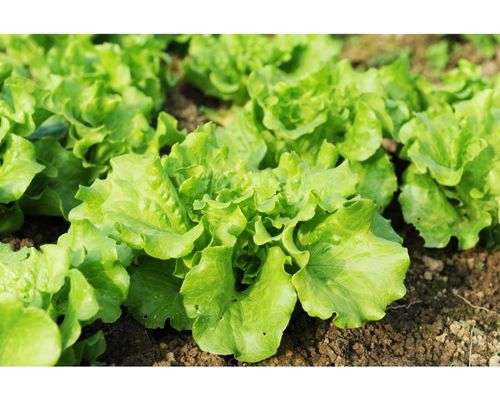
Leafy Greens
Hardy greens are perfect for fall gardens, and with the right setup, you can enjoy harvests through early winter.
Some of our favorite leafy greens to plant in fall are:
- Spinach
- Kale plants
- Mustard greens
- Asian greens
- Collards
- Bibb and leaf lettuce
- Swiss chard
Leafy greens like the ones above thrive in a soil temperature of around 60 degrees Fahrenheit, which makes them ideal for fall planting. Kale is especially hardy and can withstand soil temperatures below 50 degrees Fahrenheit and light frosts in many cases.
If you’re sowing seeds directly into the soil, try to plant seeds every two weeks to ensure a continuous harvest.
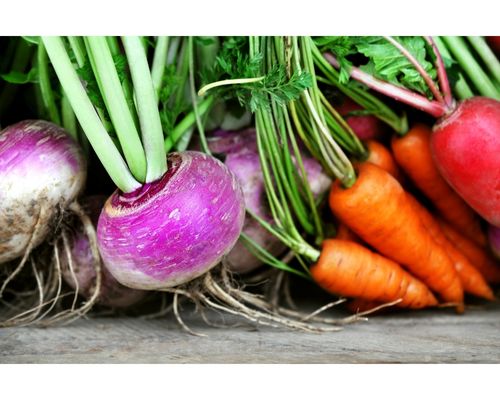
Root Crops
Root vegetables are perfect fall crops to plant. Some great options are:
- Beets
- Carrots
- Leeks
- Turnips
- Rutabagas
- Kohlrabi
- Potatoes
- Parsnips
- Radishes
The great thing about root vegetables is that they can be stored for several months.
- Beets can keep for 1-3 months. Store them in an open container with a damp towel over the top. Don’t put them in the refrigerator.
- Carrots can keep for 4-6 months. Store them in an open container in a cool place (like the crisper drawer of your refrigerator) and wrapped in a damp towel.
- Kohlrabi can keep for 2-3 months without its leaves. Store them in a perforated plastic bag in the crisper drawer of your refrigerator.
- Parsnips can keep for 2-6 months without their greens. Store them in the crisper drawer of your fridge wrapped in a damp towel.
- Radishes can keep for one month in the fridge covered in a damp towel. If you have a root cellar, they can keep for up to three months if stored properly.
- Rutabagas can keep for 2-4 months if placed in wooden crates or buckets. Make sure the roots aren’t touching each other.
- Potatoes can keep for 5-8 months if stored in a cool, dark place.
- Turnips can keep for 4-5 months if stored in a container covered with a damp cloth.
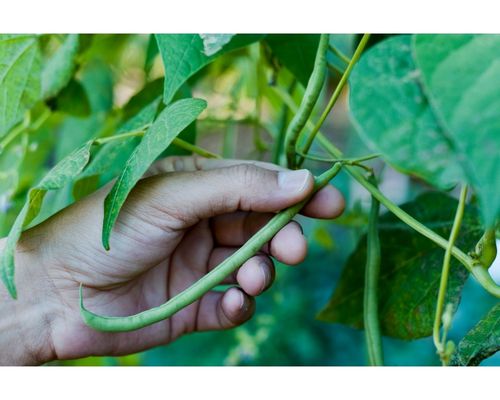
Bush or Pole Beans
If you want a crop of beans in the fall, plant pole or bush beans. Although bush beans are preferred as a fall crop, you can still incorporate pole varieties in your fall vegetable garden plan.
If you’re planting a bush variety, look for one that matures within 45 days.
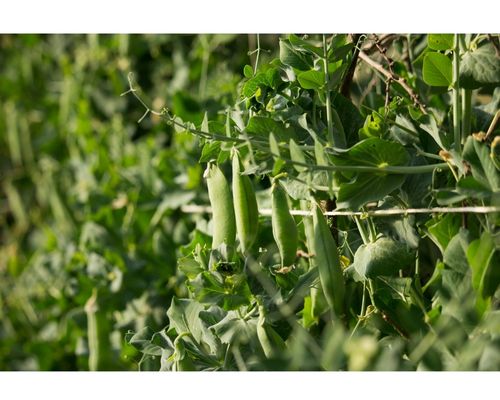
Garden Peas
Another great crop to grow for fall is garden peas. They’re easy to grow, and they can withstand chilly temperatures. But there’s one important thing to note here: you need to start your seeds pretty early.
It’s best to start your garden peas in late June or early July. Even though the harvest time is around 60 days for many varieties, it’s important to remember that the days are getting shorter after the summer solstice. It can easily take 70 days for your peas to be ready, so start a little earlier to ensure a healthy fall crop.
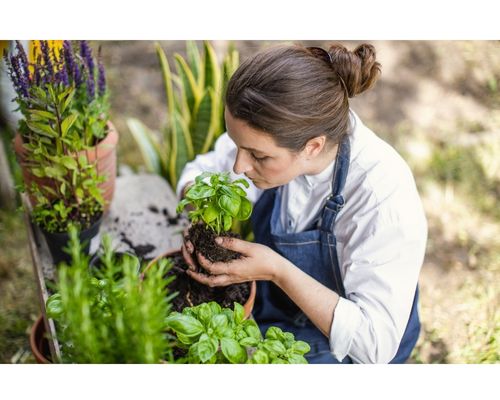
Herbs
Fall is a great time to plant hardy herbs. If you live in an area with mild winters, you can easily grow herbs until pretty late in the season.
Some of the best herbs to plant in mid-to-late summer are:
- Sage
- Parsley
- Lavender
- Cilantro
- Mint
- Chives
- Thyme
- Rosemary
These are herbs that are fairly easy to grow and will reward you with flavorful aromatics to add to your favorite fall dishes.
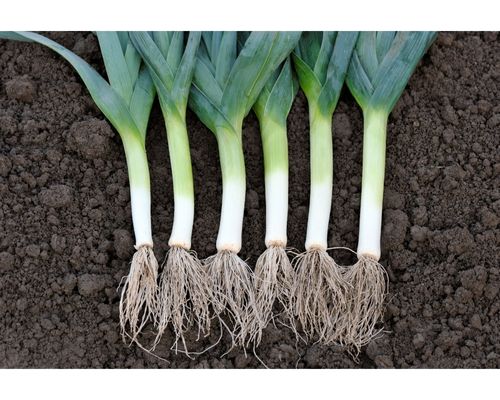
Leeks
Leeks are another excellent crop to plant for fall, but like with peas, you’ll need to get started early with your seeds.
If you can get into the practice of successional sowings, you can enjoy leeks throughout much of the year.
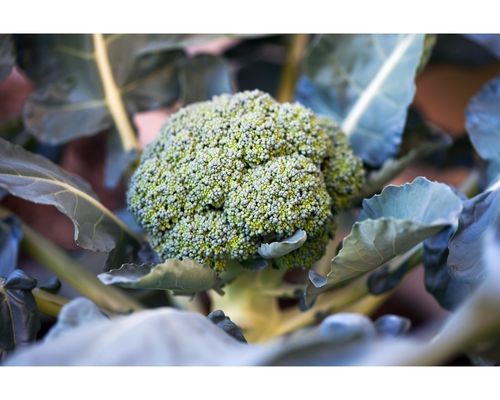
Broccoli
Among the many cool-season vegetables, broccoli is a favorite. For a fall crop, you can sow your seeds directly into your garden beds anywhere from July through mid-August, depending on which zone you’re in.
Broccoli is easy to grow, but it loves moisture and needs some space to spread out.
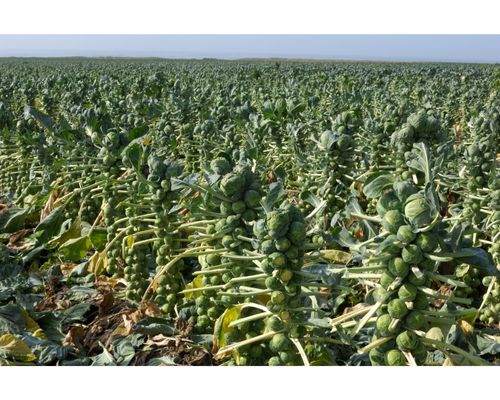
Brussels Sprouts
Early fall is the perfect time to plant Brussels sprouts, as they prefer cooler temperatures. Just make sure that you give them plenty of space to spread out.
Keep them 18-24 inches apart, and plant them in an area that gets at least 6 hours of sunlight per day.
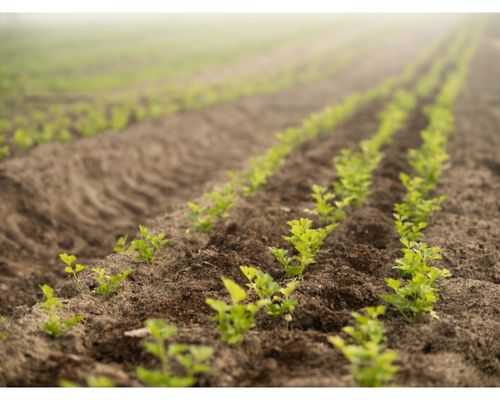
Celery
Celery requires a long growing season, so it’s best to start your seeds indoors. For a fall harvest, start your seeds 10-12 weeks before the first expected frost date.
Celery requires moist soil and can take up to 140 days to come to harvest.
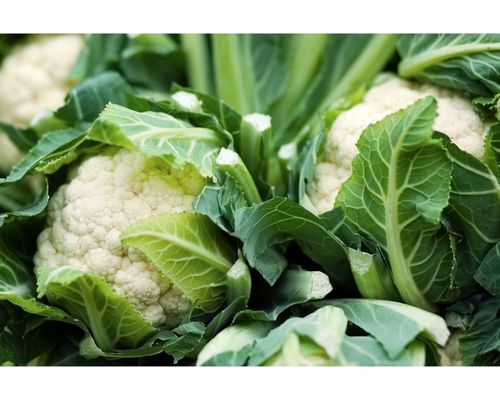
Cauliflower
For a fall crop, plant cauliflower 6-8 weeks before the first frost. Be sure to shade them, as cauliflower isn’t a fan of the heat. They prefer moist soil, so don’t let the ground dry out when planting.
When to Plant Your Fall Vegetable Garden
Now that you know what to plant, you may be wondering when you should start your fall garden. The answer really depends on your zone.
The shorter your growing season, the earlier you need to start or sow your seeds.
To find the best time to plant, we recommend checking the Almanac’s recommendations. You can use this helpful planting calendar to figure out the best time to plant fall vegetable garden plants in your location.
Most vegetables that grow in the fall can be directly sowed in late summer, but the harsher your winters, the smaller the window for planting.
Rene is a creative, little gnome. When she's not diving deep into research on health and wellness, she's spending here time out in nature, growing her homestead, photographing wildlife, doing yoga or enjoying a zen (depending on the day) moment with her fur babies. And on top of all of that, she's a professional writer by day, helping businesses around the world grow.
